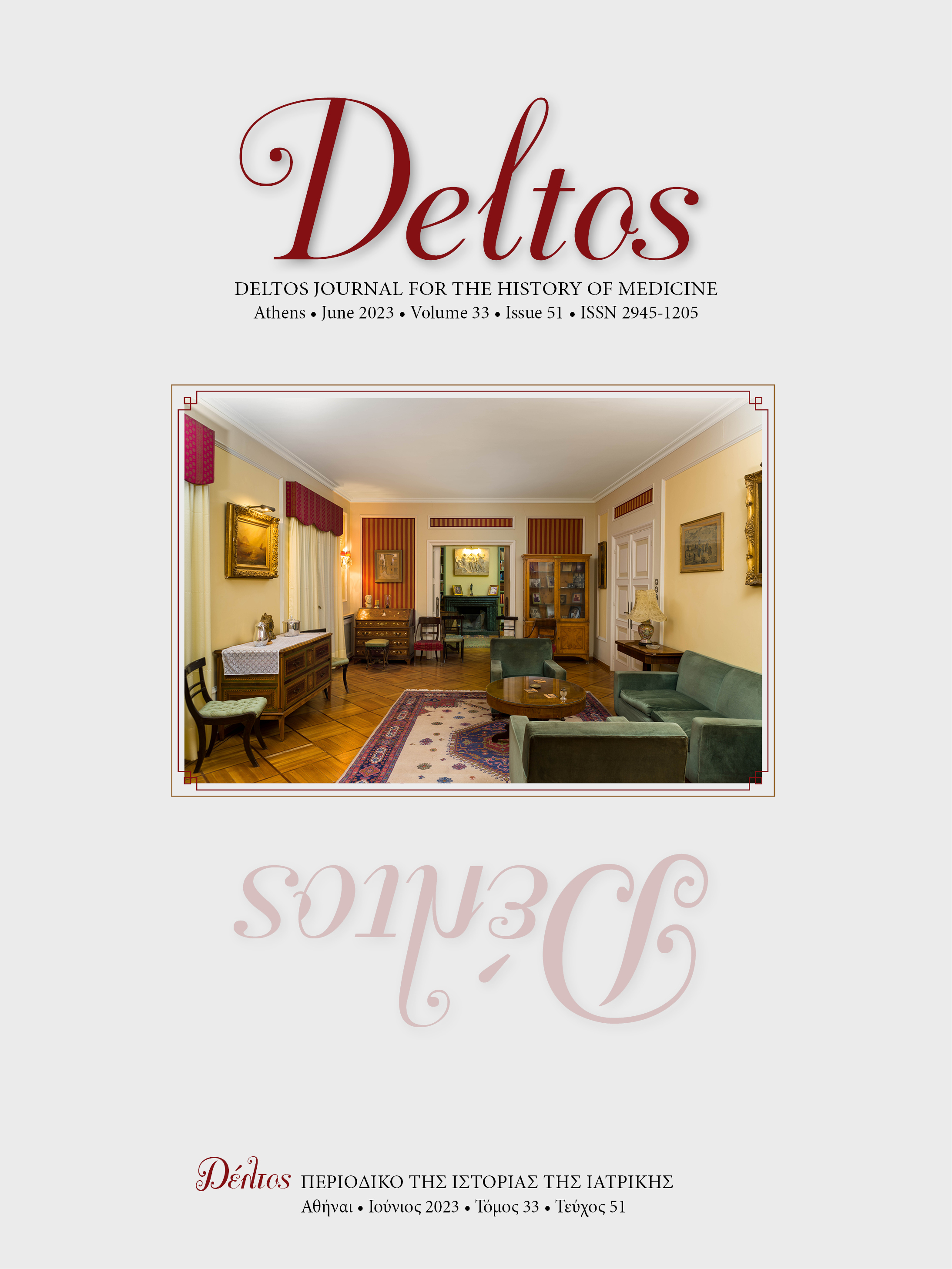English

Περίληψη
Η αναδίφηση ιατρικών κειμένων του παρελθόντος αποκαλύπτει ότι η προετοιμασία μιας θεραπευτικής συνταγής περιλάμβανε συνήθως τη χρήση ποικίλων δραστικών συστατικών. Υπάρχουν πολλές λεπτομερείς αναφορές για την αναλογία των συστατικών μιας συνταγής, αλλά και για τη δοσολογία στον ασθενή. Στο παρόν άρθρο, καταγράφηκε η διαχρονική χρήση μονάδων βάρους και όγκου σε θεραπευτικές συνταγές της αρχαιότητας, της ελληνιστικής εποχής, της ρωμαιοκρατίας, του Βυζαντίου, αλλά και πρόσφατων ιατροσοφικών κειμένων. Οι μεταβολές που προέκυψαν με την πάροδο του χρόνου από το αναπτυσσόμενο εμπόριο στην ευρύτερη περιοχή της Μεσογείου, τόσο με την εισαγωγή νέων προϊόντων όσο και με την αλλαγή των μονάδων μέτρησης, δεν επηρέασαν τις βασικές αρχές των θεραπευτικών μεθόδων. Κύριο μέλημα των γιατρών ήταν να καταπολεμηθεί η νόσος χωρίς να επιβαρυνθεί ο ασθενής από τυχόν ανεπιθύμητες ενέργειες. Στο πλαίσιο αυτό, παρατηρούμε ακόμη και τροποποιήσεις της δοσολογίας, όταν πρόκειται για ειδικές ευπαθείς ομάδες του πληθυσμού, όπως τα παιδιά, οι ηλικιωμένοι και οι έγκυες γυναίκες. Τα κείμενα που επιλέξαμε καλύπτουν ένα χρονικό εύρος πολλών αιώνων, με αποτέλεσμα η μελέτη μας να είναι δειγματοληπτική, με ιστορικό και ιατροφαρμακολογικό χαρακτήρα, και όχι μία φιλολογική ανάλυση των πηγών.
Λεπτομέρειες άρθρου
- Πώς να δημιουργήσετε Αναφορές
-
English, E., English, E., & English, E. (2024). English. ΔΕΛΤΟΣ, 33(51), 31–43. https://doi.org/10.12681/dj.38108
- Τεύχος
- Τόμ. 33 Αρ. 51 (2023)
- Ενότητα
- Reviews

Αυτή η εργασία είναι αδειοδοτημένη υπό το CC Αναφορά Δημιουργού – Μη Εμπορική Χρήση 4.0.


